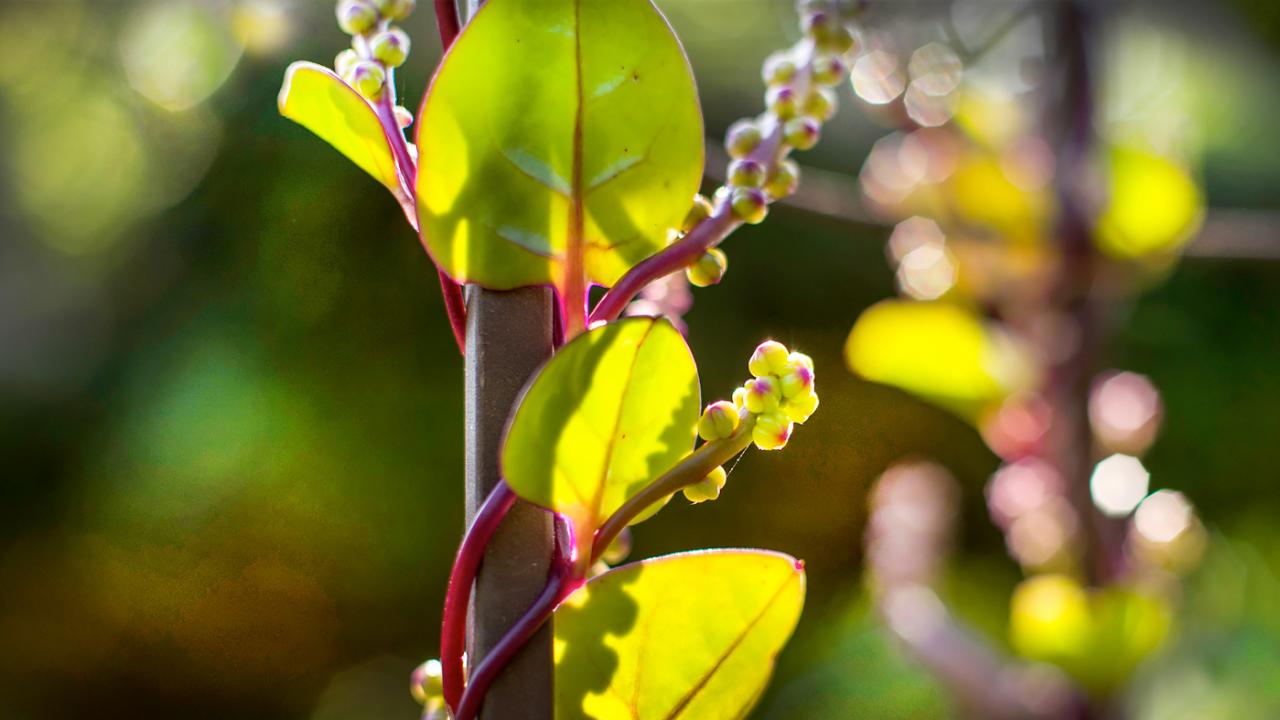

Plants &
Gardening
Garden Stories
Finding Awe
Sometimes, it’s bright red holly berries that turn my head on a winter walk. Or, on a quiet day, it’s the sound of pine cones popping open to spread their seeds.
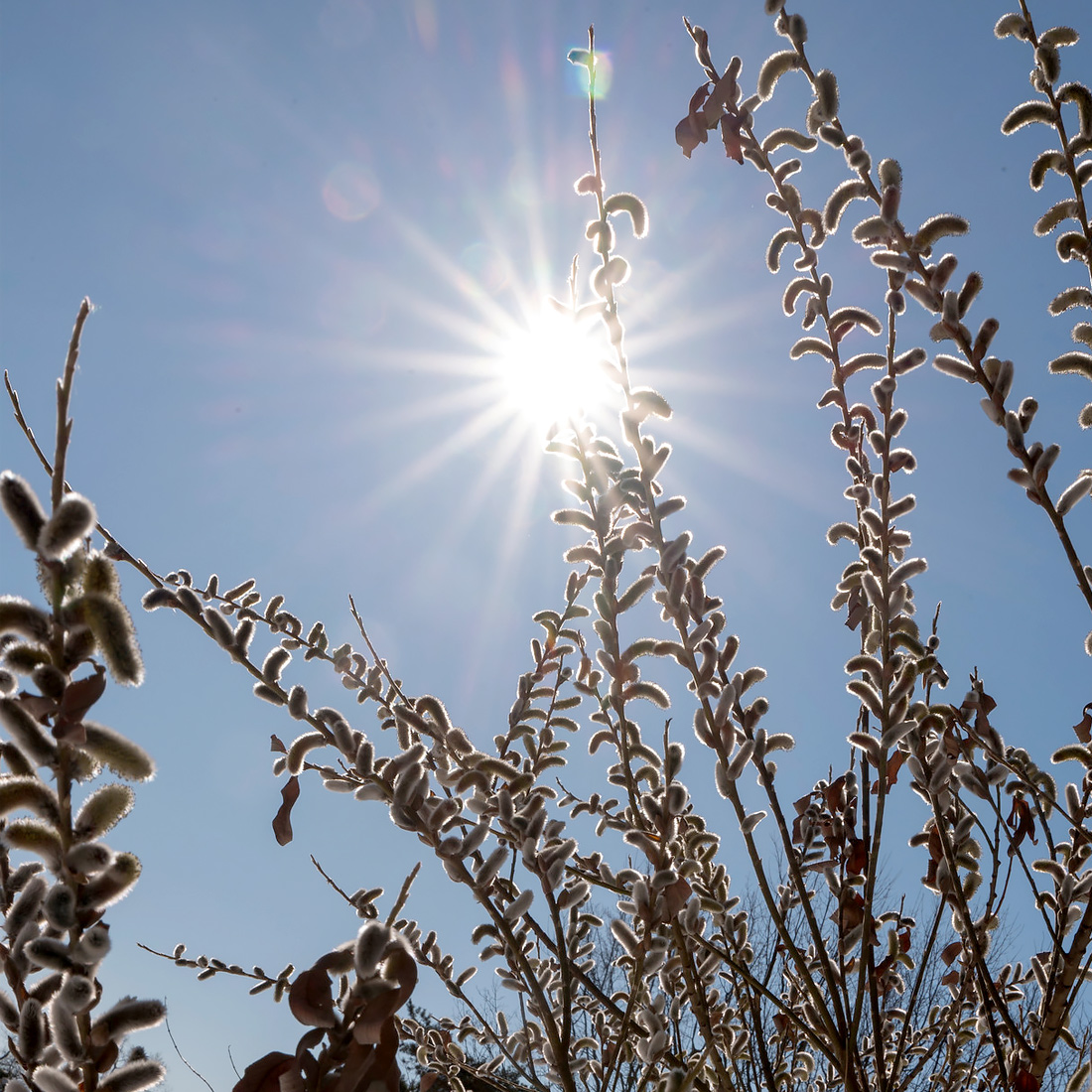
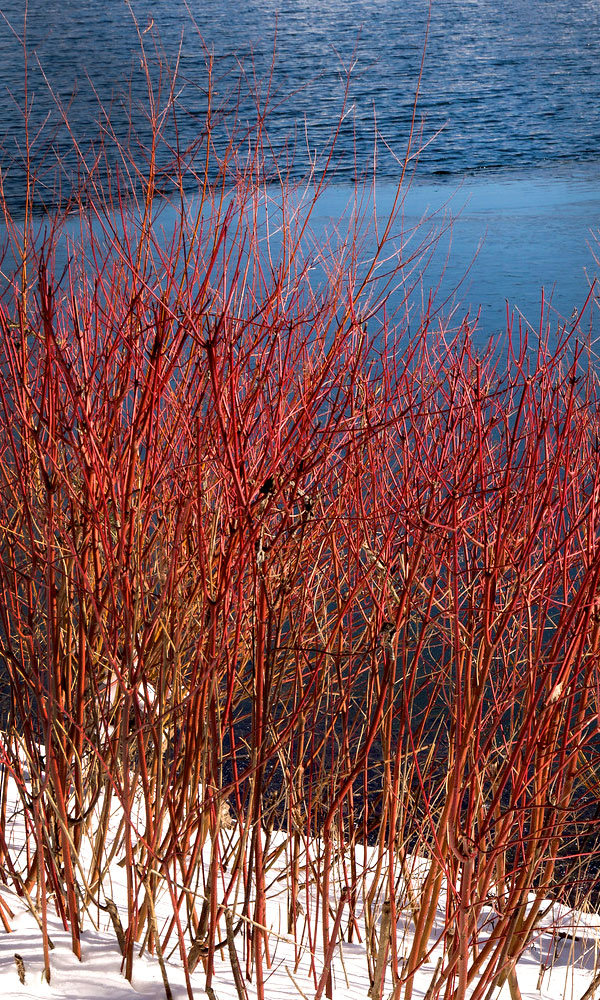
As director of living plant documentation at the Chicago Botanic Garden, it’s my job to notice plants. You’d think I’d get tired of it. Nope. Nature never disappoints. Even on the coldest, iciest days (looking at you, polar vortex), I’m reminded of the grandeur of the outdoors, that nature still grounds and uplifts us.
In fact, short, regular “awe walks”—in any season—improve brain health and emotional well-being, according to a new study by the University of California San Francisco Memory and Aging Center and the Global Brain Health Institute. By turning your attention to something bigger than yourself, your stress tends to give way to positive emotions such as compassion and gratitude, the study finds.
Winter is the time to cultivate awe. It’s a season in which hidden beauty is revealed—as long as you keep your eyes open. A coworker recently told me, for instance, that she never had noticed the red twig dogwood in a Garden parking lot until someone pointed it out to her one winter. Now, on the grayest of days, when she passes that spot, she always looks for that pop of color.
You’ll make your own discoveries, whether you’re walking at the Chicago Botanic Garden, in a forest preserve, or at another favorite spot. I’ve got a few suggestions on what to look for in winter; download the GardenGuide app to help you find and learn more about specific plants.
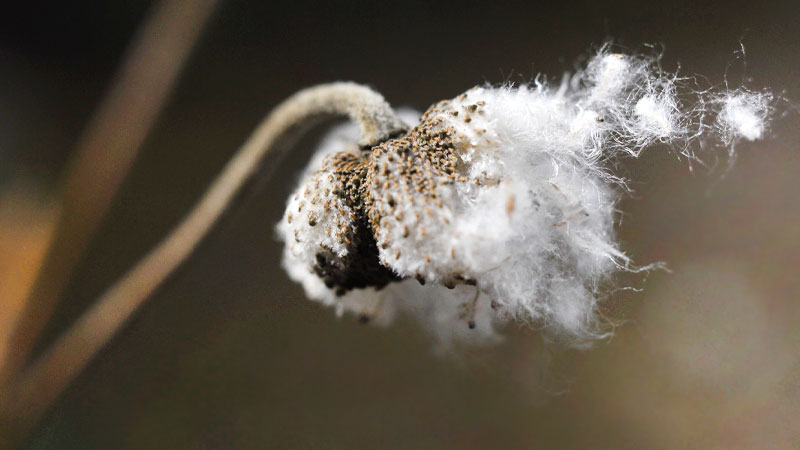
Sound, motion, light, and color
You might hear the bustle of black-capped chickadees and other birds in the branches of a staghorn sumac. They’re looking for the big, fuzzy drupes—or fruit clusters—that looks like red torches in the tree. You’ll find a nice staghorn sumac in the Native Plant Garden.
While you’re looking up, you might watch for the fluffy seed pods of Japanese anemones, blowing in the wind like parachutes. The other day, I caught the light shining through an anemone at the Waterfall Garden.
The poetry of winter
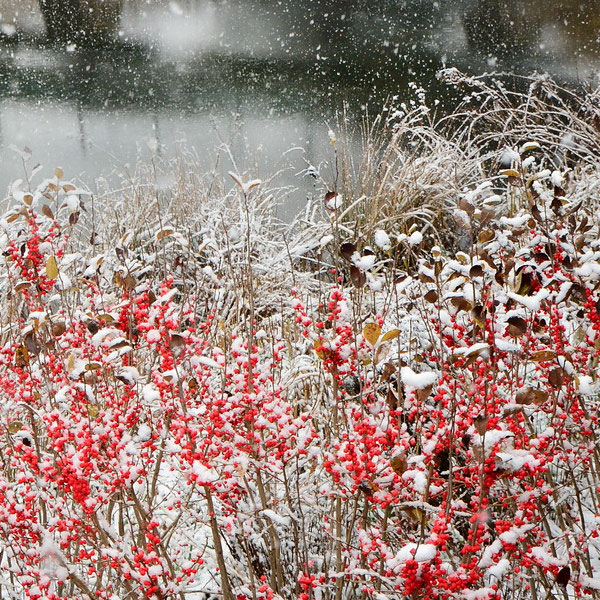
It might help to think like a poet. Notice the small details on your winter walk like the texture of tree bark—say the rugged geometry of a black walnut trunk. Or the lovely winter color of berries. Near the entrance to the Sensory Garden, the red berries of Red Sprite or Warren's Red possumhaw hollies may catch your eye, if the birds haven't eaten all the fruit. I also got a nice surprise the other day when I came upon a viburnum from China in bloom (some come into flower at the first warm spell in winter). To spot new things, you could try walking at a different time of day. If you’re lucky on an early morning walk, for instance, you might catch a magenta sunrise and the light streaming through the branches of bare trees.
Then think how you might compose a short poem—say, a three-line haiku—about a lingering image and how it makes you feel. When I see lush evergreens flourishing in the dead of winter, for instance, I can’t help but be reminded of the wonder and resilience of nature.

